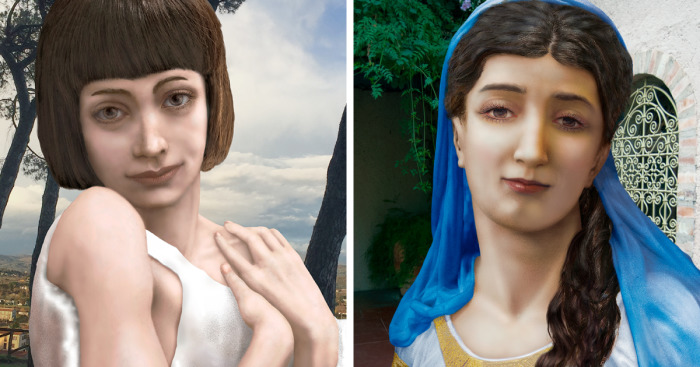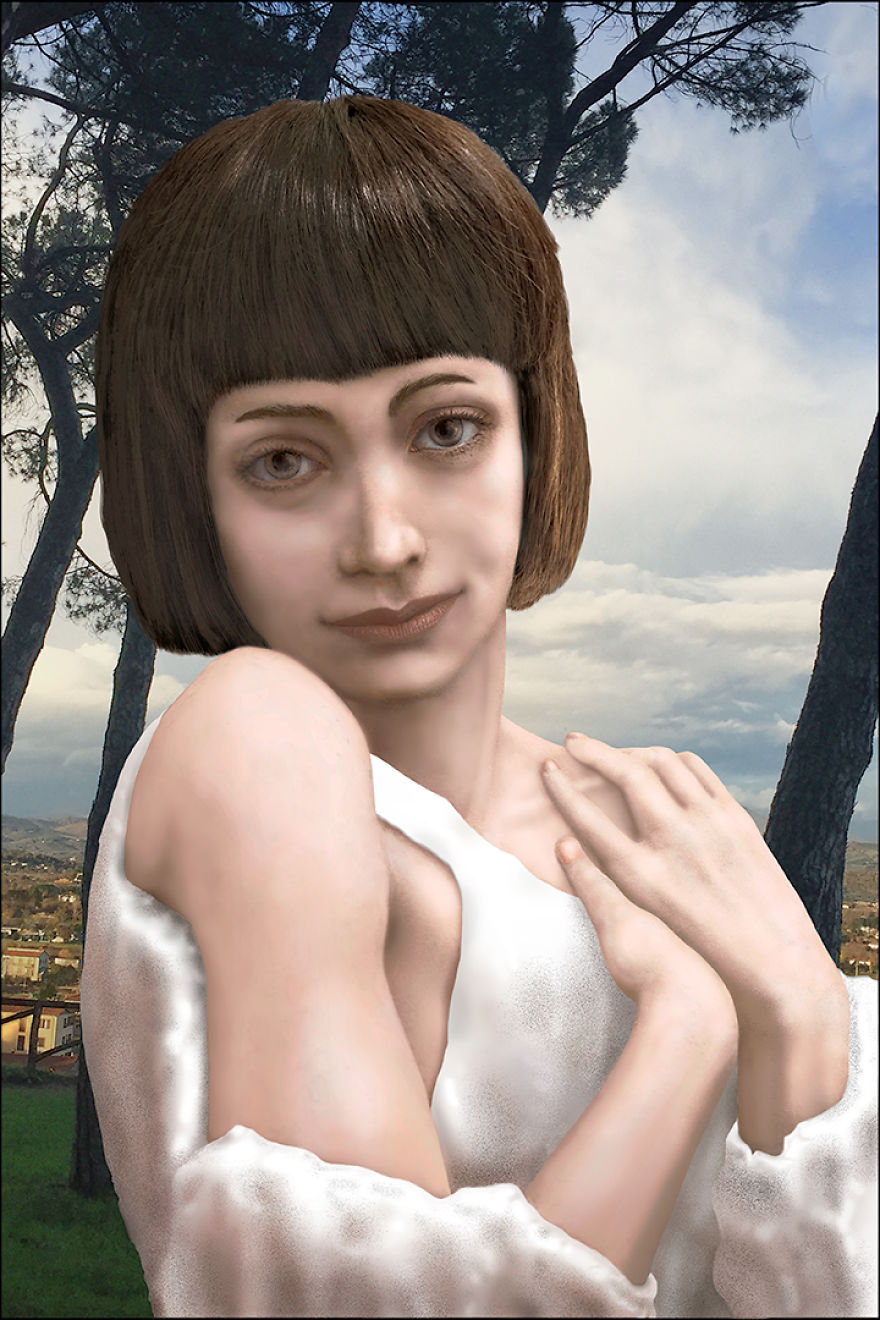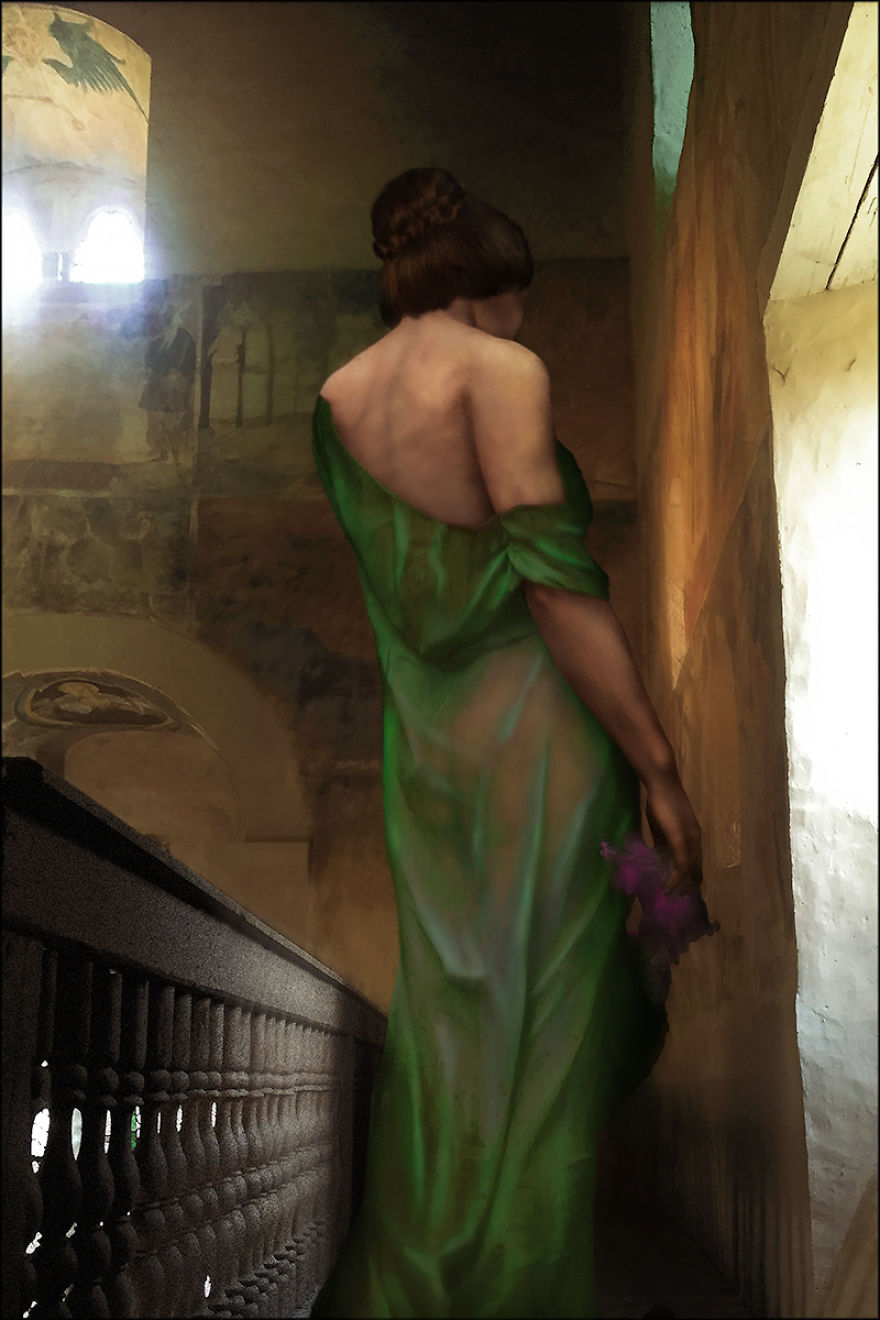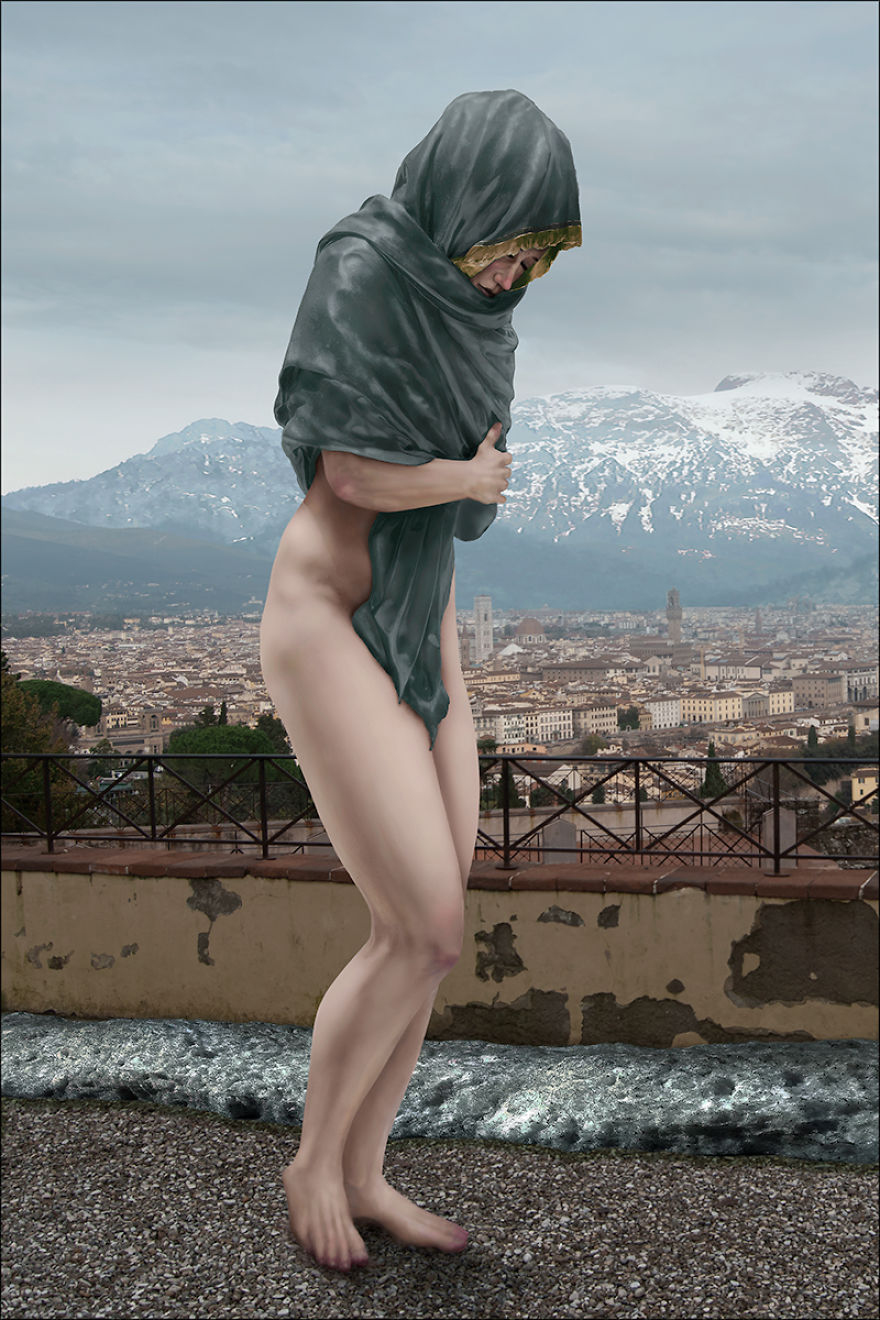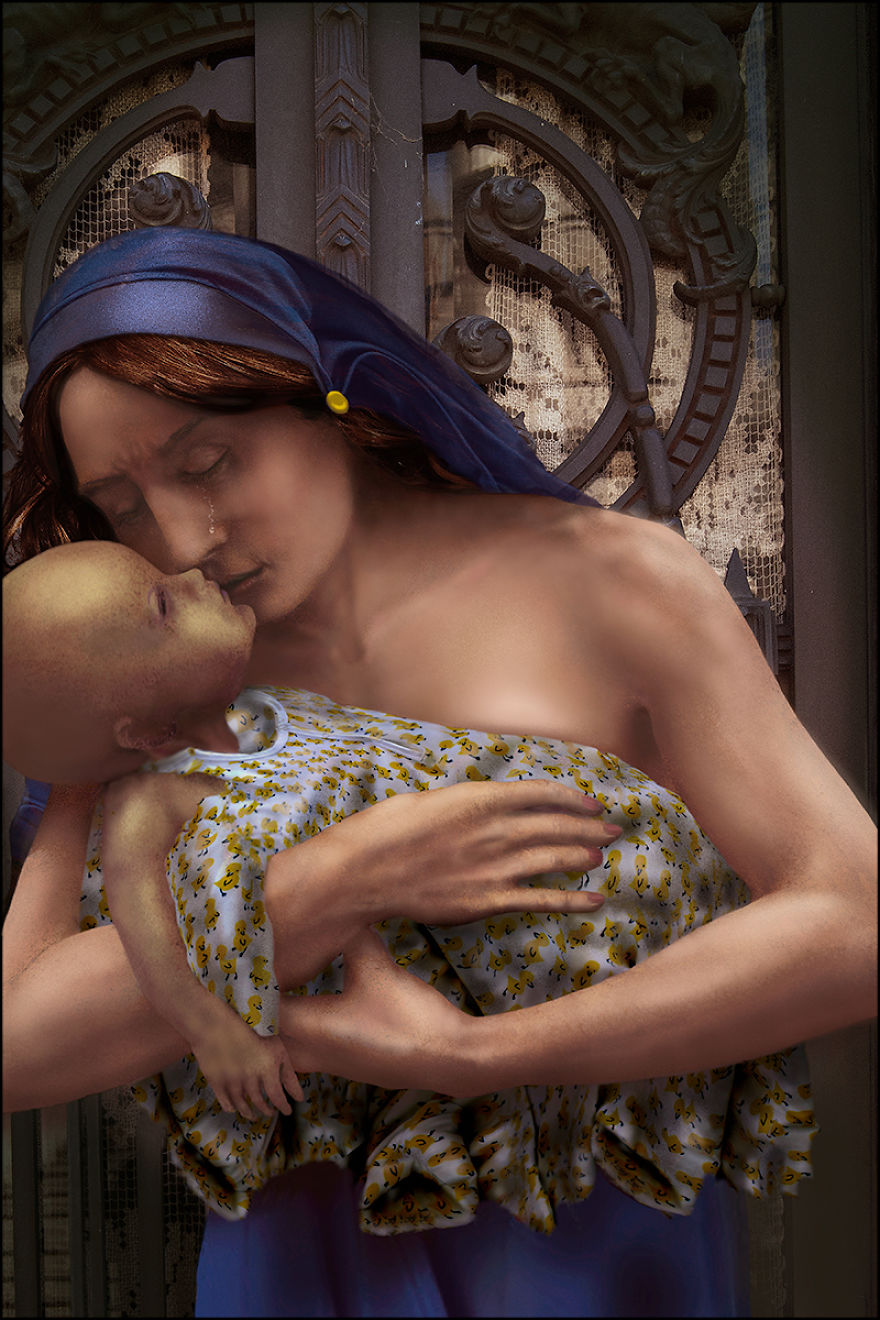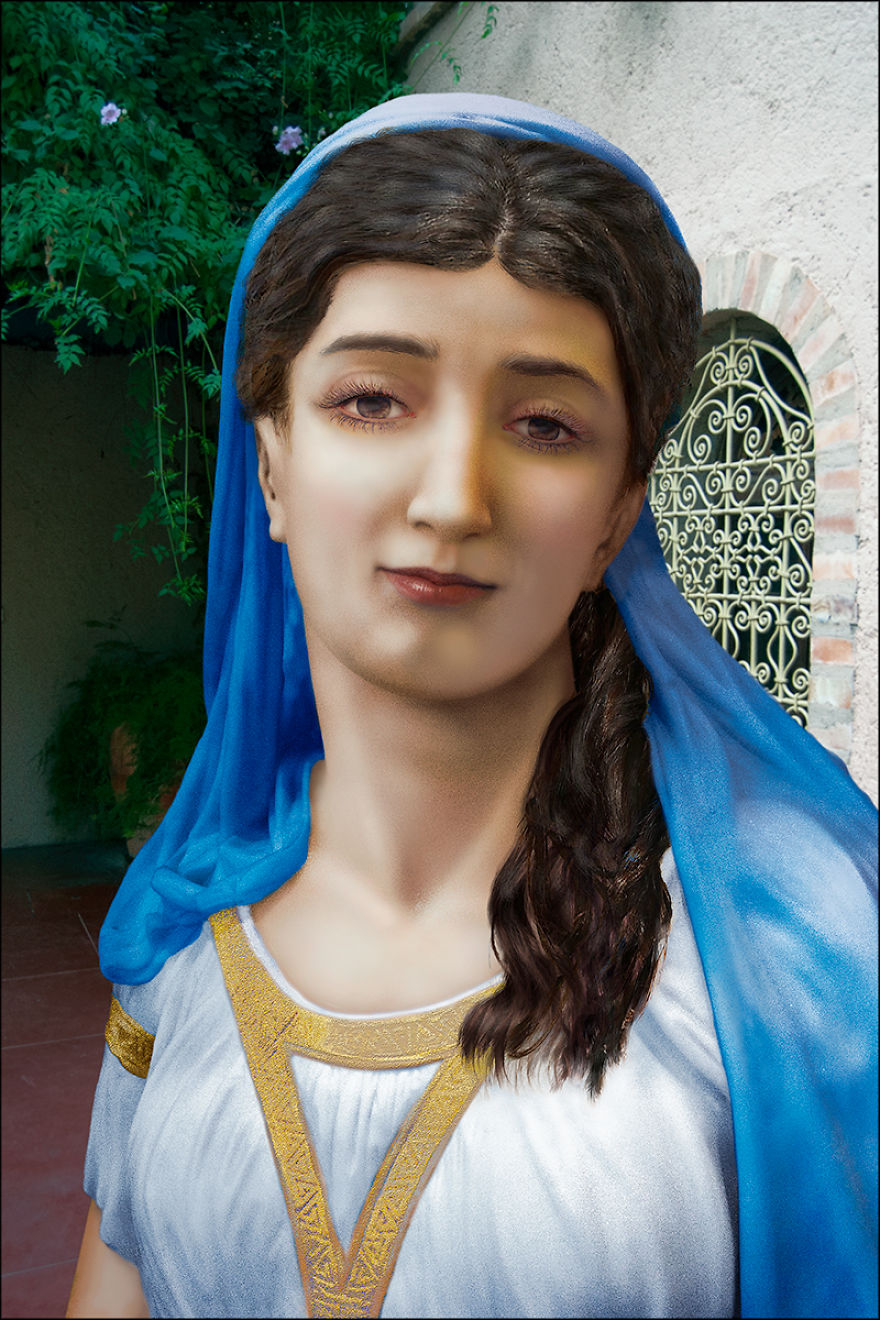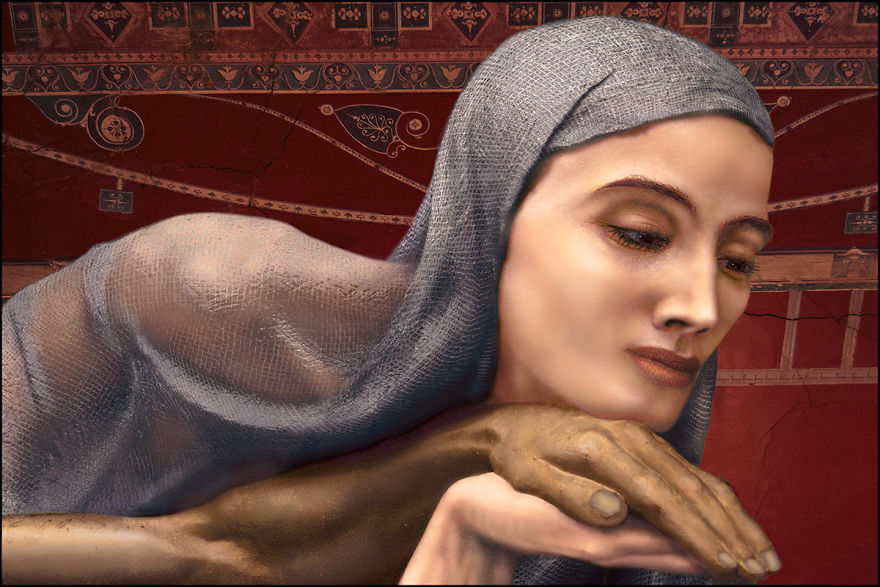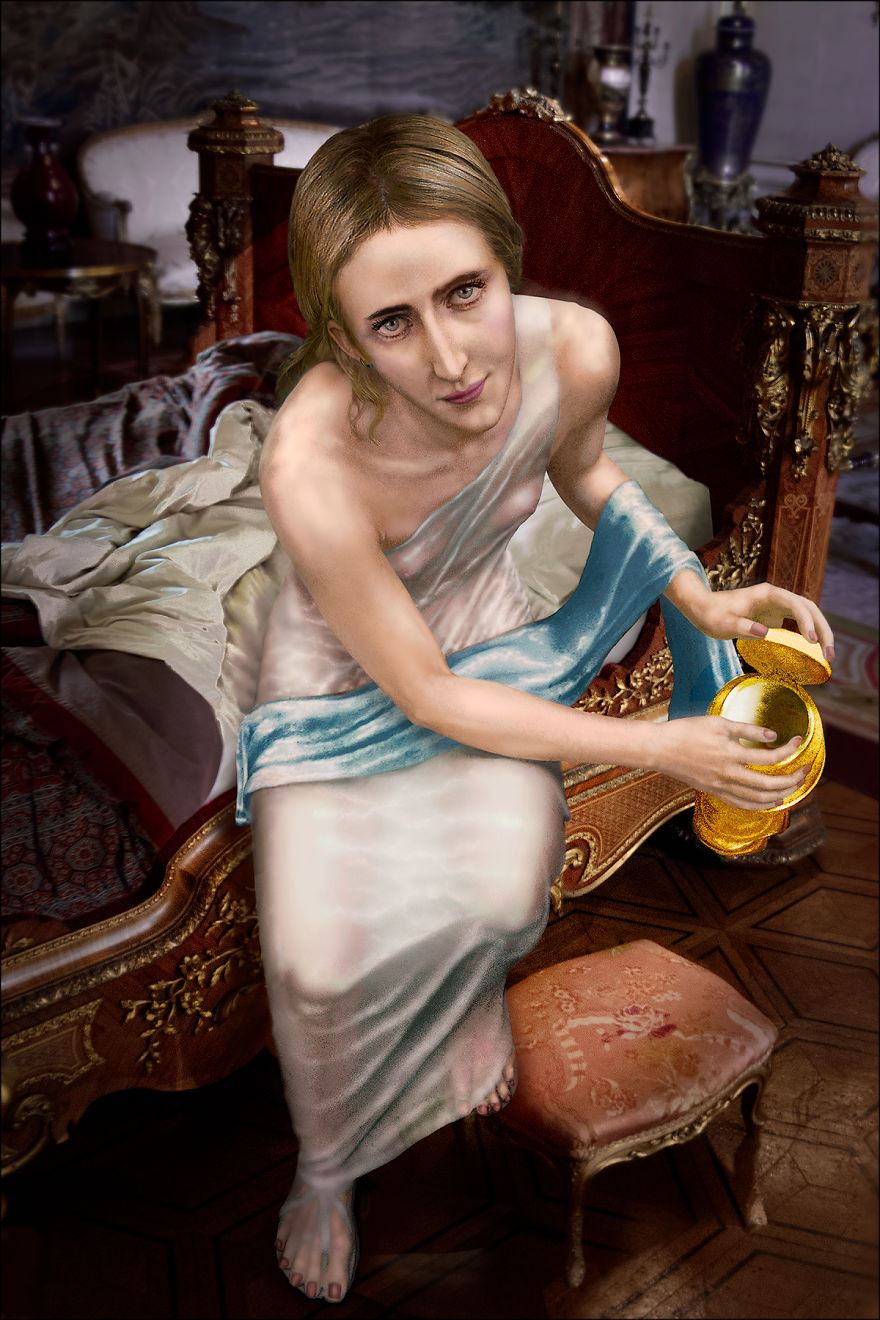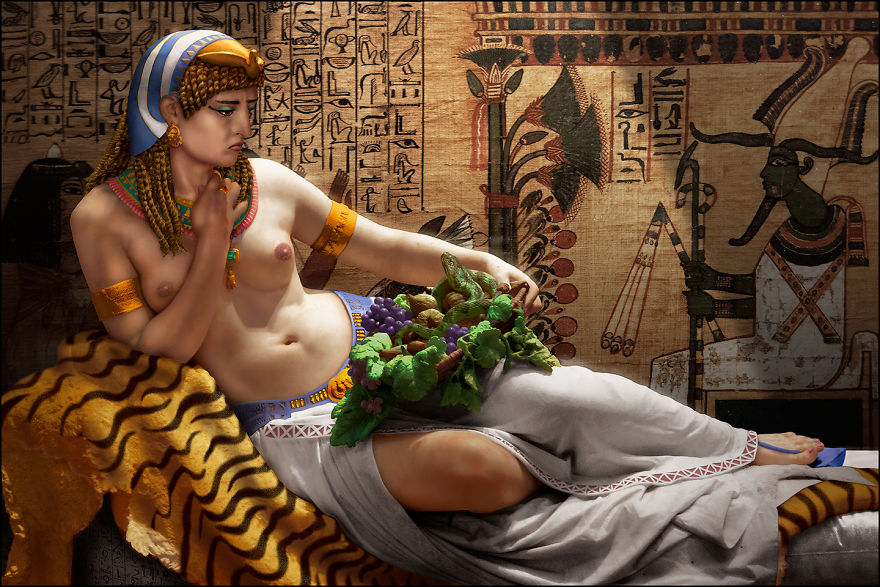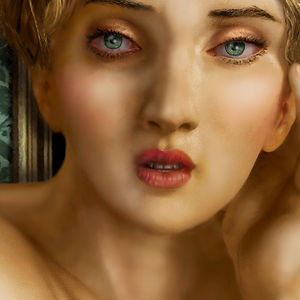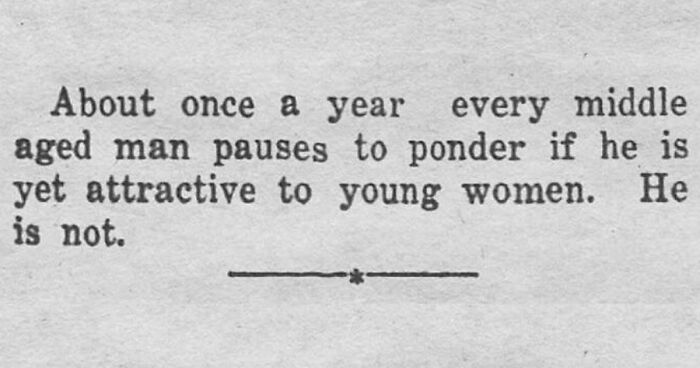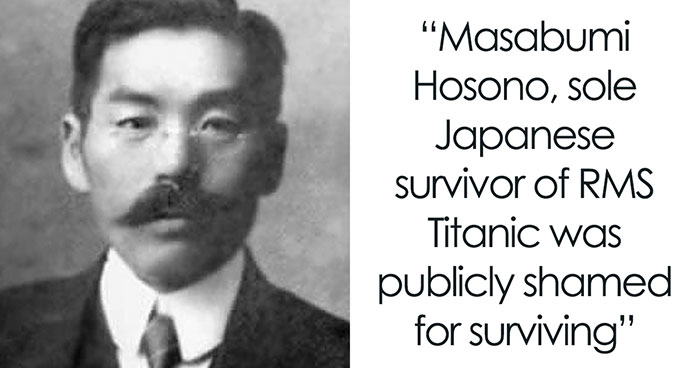I've been photographing portrait statuary of women from the past since 2014 and bringing them to life. It's a calling which I've accepted. To remember them is to celebrate them: I hope you cannot forget them.
More info: carsonbarnesart.com
This post may include affiliate links.
Marta Giannini, 1916
The town in Tuscany behind her, and the trees on the overlook, are someplace she might have gone on a weekend holiday, a couple hours' drive now from Florence where she lived with her parents. Marta Giannini at eight. She really was a beautiful child, caught by a photographer in a moment of grace. It was common practice by 1916, when she died unexpectedly, to use such a photo as a model for a portrait sculpture.
Woman In Green (Jlona Hiller), 1915
About 35 when sculpted in 1915, Jlona Hiller died in a concentration camp in 1942. Her son survived and had a memorial made for her in the cemetery in Munich, where I photographed her.
Shivering Girl, 1783, After Houdon
Houdon didn't identify her in his letters, she was used by him in several early works; here, she shivers, the scant wrap forcing her to choose a little warmth over modesty. We're to understand she'd have been unlikely to survive the coming night.
Maria Pelli, The Lost Child, 1904, After Rescaldani
During a cholera epidemic in Milan, she had desperately tried everything, even old, whispered folk remedies, but it died.
Mina Greenough At 28, 1879, After Richard Greenough
The sculptor's daughter, she sat for a portrait in the mid to late 1870s, living at home with her younger sister and two Irish maids; the family resemblance is striking. The fond gaze was because she absolutely adored her dad.
Widow's Weeds: Cesira Livio At 30, 1933, After Pancera
Cesira's husband died at 67 in 1933, she followed in 1948 and is buried with him in Milan. That's his hand under her chin as she mourns him.
Maria Massarelli Acerboni At 21, 1901, After A. Violi
A young, clever, humorous woman, just sitting up at her bed. The sculptor, Violi, put her in a nightgown to show her innocence, her trusting nature, her sincerity. The symbolism was that her potential, all her futures, had been in the now empty cup. Look carefully: she's lost her grip on it, she hasn't yet realized that she's dropped it, so pleased is she to see the fellow who photographed her (that photo was Violi's model).
Gift Basket, After Balzico, 1874
Last of her royal line, Cleopatra was said by Plutarch to have fair hair; Balzico didn't record who modeled for her body, but he used Roman coins for her face. The snake was apocryphal, he included it so I did too. She wasn't so much beautiful as brilliant, speaking 12 languages, and is still the wealthiest human ever to have lived. Here, she realizes the finality of her decision.

 Dark Mode
Dark Mode 

 No fees, cancel anytime
No fees, cancel anytime 






